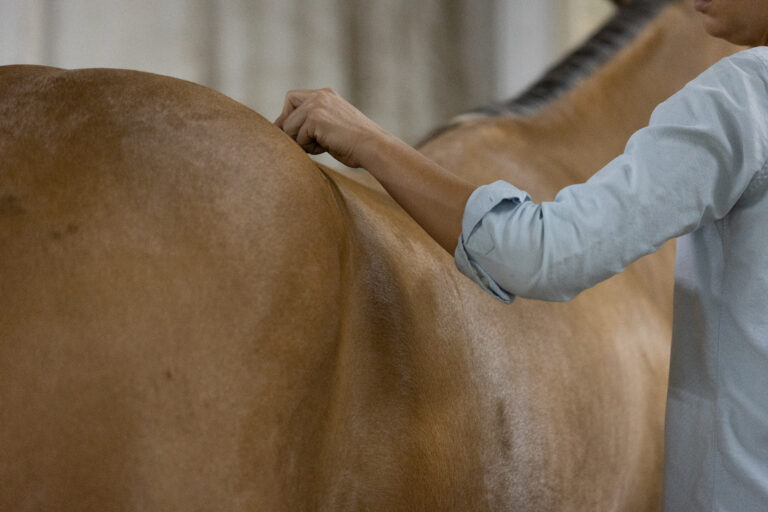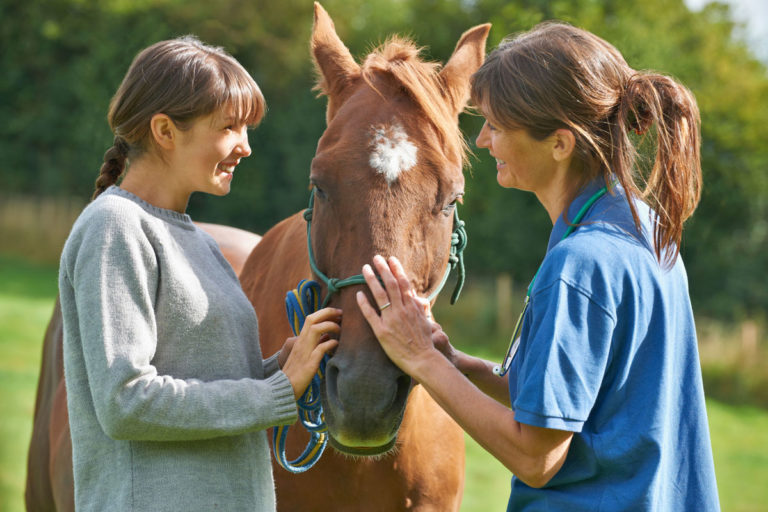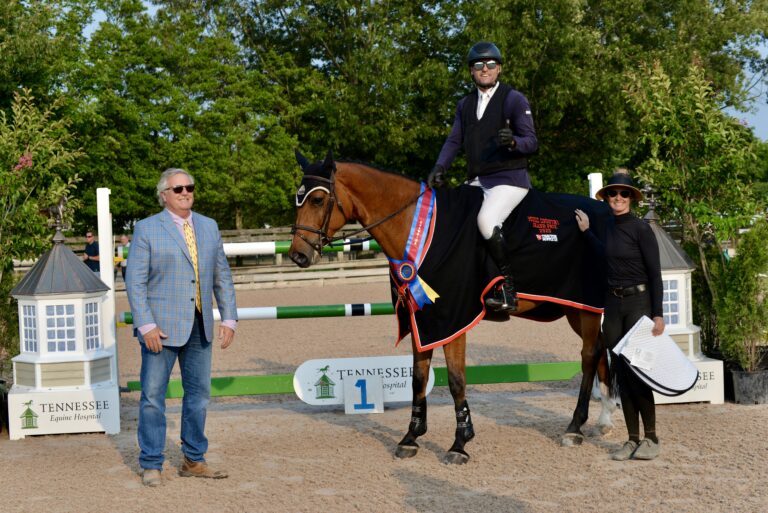
We need to teach owners how to keep veterinarians safe. “A BEVA study in England found that equine veterinary medicine and equine farriery were the most dangerous civilian occupations,” said Amy Grice, VMD, MBA, owner of Veterinary Business Consulting.
When a veterinarian is injured and can’t work, that veterinarian’s clients are without help. Also, the veterinarian is without income!
Grice said that with a lack of new vets coming into equine practice, it’s even more difficult to have enough vets to go around if one is out of action.
“Veterinarians wash their hands and equipment and don’t smell like someone friendly,” said Grice. “It’s the owner’s responsibility to ensure the horse is responsive to cues and is halter broke and ‘sacked out,’ to use that term.” Owners must consider the anxiety level of the horse in order to keep veterinarians safe.
Nearly 40% of equine-only practices consist of just one veterinarian (solo practitioners). A client might find it difficult if his or her veterinarian got injured and was unable to work.
How can veterinarians improve their safety at farm calls?
Teach Horse Owners to Keep Veterinarians Safe
“Assistants can make a difference,” said Grice. “You might have a horse that is used to pushing its owner around. Assistants are also aware of what the vet is going to do and understands the flow of events.”
Grice added, “If the owner is holding the horse, make sure you tell the owner what is going to happen and that the horse might jump.”
In the barn or exam area, safety is important to owners and veterinarians. “It’s incredibly important to ‘corral’ young children,” Grice said. “They might ride a bike through the aisle or throw a football. A toddler might tip over the stroller.”
With older kids who might want to watch the veterinarian, have them sit on a hay bale at a safe distance.
Similarly, it’s critical to lock up dogs. “You don’t want six or seven dogs rushing out to bark at the UPS man,” she said.
Veterinarians also need to check out the area surrounding the horse. “Sometimes you have to choose the least dangerous place,” said Grice.
One important way for owners to keep veterinarians safe is to put down their phones. Grice said to insist that the owner pay attention to you and the horse and not be on the phone. “Say that this is a boundary for me,” advised Grice.
She also insists that the horse handler doesn’t wear flip-flops or have bare feet.
“The veterinarian at an ambulatory call has some liability for safety,” Grice said.
Uncooperative Horses
“It’s okay to say you don’t feel comfortable in a situation,” said Grice. She advised associates if they don’t feel comfortable, to let the owner and the practice know.
“And remember, there’s always sedation,” said Grice. “It’s not a competition to see who can treat a horse with the least possible restraint or sedation.”
Grice reminded veterinarians that it is not their job to train a client’s horse. “You can help desensitize a horse to needles, for instance,” she said. “But remember, if you don’t have an assistant, you are responsible for your own safety. You have to set boundaries.”
Grice reminded veterinarians that it is up to them to train owners to keep them safe. “Teach them how to stay safe and how to keep you safe,” she said. “Your safety is important. In a split second, you could lose the capacity to work.”
Check out this article from Grice on Equine Veterinarians Getting Hurt on the Job.
Disclaimer: This content is subject to change without notice and offered for informational use only. You are urged to consult with your individual business, financial, legal, tax and/or other medical providers with respect to any information presented. Synchrony and any of its affiliates, including CareCredit, (collectively, “Synchrony”) makes no representations or warranties regarding this content and accept no liability for any loss or harm arising from the use of the information provided. All statements and opinions in the article are the sole opinions of the author. Your receipt of this material constitutes your acceptance of these terms and conditions.







